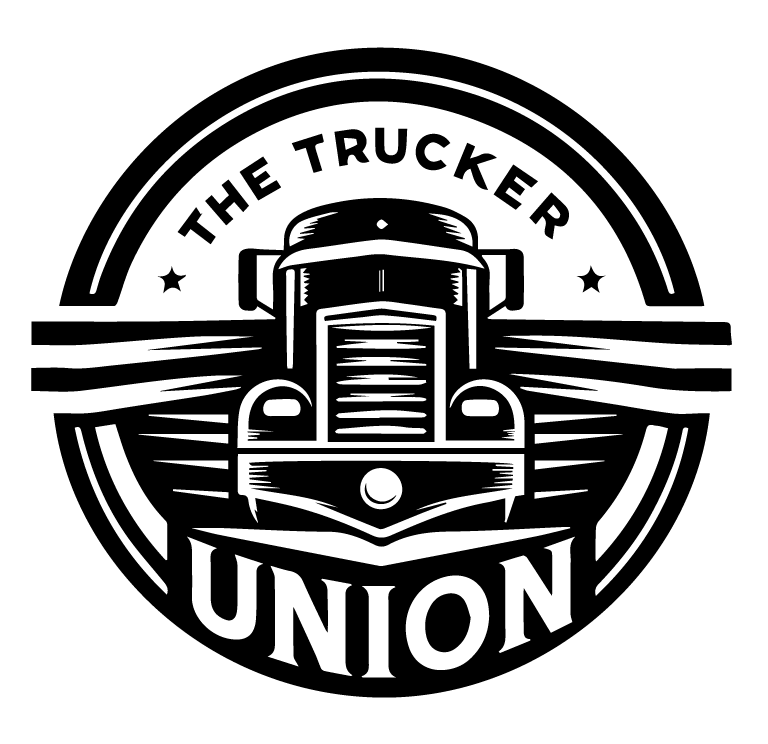
The truckload market is witnessing a significant uplift this summer due to several key factors. Seasonal shipping demands, such as the produce season and major retail events like Prime Day, are driving increased activity. Additionally, heightened container costs, impacted by geopolitical disruptions and environmental challenges like low water levels in the Panama Canal, are forcing shippers to adjust their strategies and extend lead times.
Rising Outbound Tender Volumes
A crucial indicator of the market’s positive trajectory is the rise in outbound tender volumes. This uptick suggests a growing demand for truckload services. Despite recent challenges, including freight broker attrition and job losses in the trucking sector, the fundamentals of the market are showing signs of recovery. Companies are adapting to the current landscape by optimizing their operations and leveraging strategic partnerships.
Strategic Adaptations
Shippers are not just reacting to the current pressures but are also proactively planning for future disruptions. The increased costs and logistical challenges are pushing companies to refine their supply chain strategies, ensuring resilience and efficiency. This proactive approach is contributing to the overall stability and gradual recovery of the truckload market.
Seasonal Peaks and Economic Shifts
The summer surge, driven by specific seasonal demands, is a testament to the market’s inherent resilience. Retail events and the agricultural shipping season play a pivotal role in boosting demand. As the market adjusts to these seasonal peaks, the broader economic shifts, including the recovery signs, suggest a cautiously optimistic outlook for the truckload sector.
In conclusion, the truckload market is navigating through a complex landscape of increased demand, strategic adaptations, and emerging recovery signs. The combined effects of seasonal shipping surges and proactive industry adjustments are setting the stage for a more stable and resilient market in the coming months.












